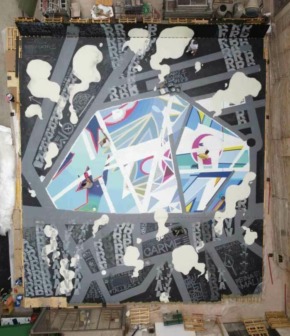The co-creation process

The gulf between opera houses and large parts of the population whose taxes support them can be bridged by dialogue. But what kind of dialogue?
Since the emergence of modern cultural policy alongside the post-war welfare state, there has often been little more than a monologue by cultural institutions using practices of seduction or, more prosaically, audience development and marketing. This policy of cultural democratisation seeks to persuade people to want an artistic heritage that rarely considers its own need to change. It is a believer’s vision, so sure of their faith that they can only imagine it being rejected by those who have not yet understood its value.
This, evidently, is not dialogue, which helps explain why the social profile of opera audiences has changed so little.
In advocating co-creation, Traction adopted the alternative theory of cultural democracy, in which everyone has a legitimate voice in the shaping of artistic work and a society’s culture. Co-creation—by which we mean the creation of new operas by professional and non-professional artists working together—is dialogue, but dialogue rooted in an equal right to speak and extended far beyond words into the whole range of expression available in the performing arts.